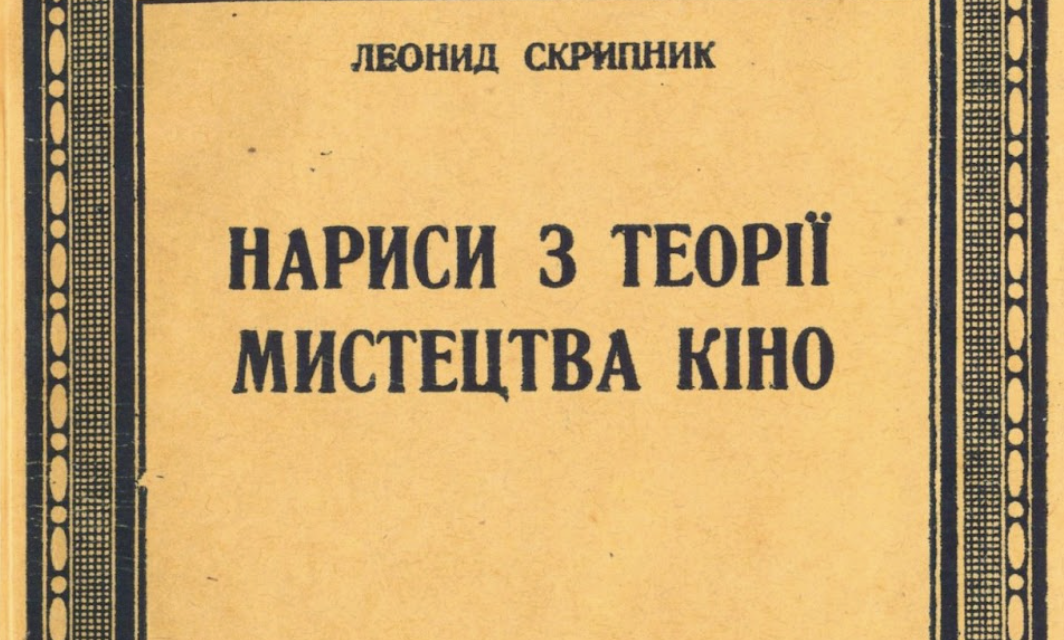Frame Composition in Ukrainian Film Theory of the 1920s and the Experience of Other Arts
DOI:
https://doi.org/10.17892/app.2025.00020.380Keywords:
Leonid Skrypnyk, Oleksii Poltoratskyi, cinema, Ukrainian cinematography of the 1920s, frame, frame composition, film theory, Ukrainian film theory of the 1920s, montage, rhythmAbstract
This article explores a pivotal aspect of film construction: the composition of the cinematic frame within the context of Ukrainian film theory during the 1920s. Ukrainian film theorists align the cinematic frame with other artistic frameworks, thus placing frame composition within the realms of fine arts, photography, and even architecture. According to Ukrainian researchers, the expertise garnered from these art forms holds significance for the evolution of film, particularly in the 1920s. The assessment of lighting, diverse rhythmic patterns, and the study of stylistic frame composition amalgamate cinema with other art forms that have already grappled with these challenges extensively. The writings of Ukrainian film theorists, notably Leonid Skrypnyk as their foremost representative, underscore the pressing issues concerning cinematic frame composition in relation to other arts. By drawing from the experiences of preceding artistic traditions within cinematic practice, they advocate for stimulating further advancements in cinema.
Композиція кадру в українській теорії кіно 1920 років і досвід інших мистецтв
У статті розглянуто один з найважливіших елементів побудови фільму – композицію кінематографічного кадру в теорії українського кіно 1920 років. Концепція українських теоретиків кіно наближує розгляд рамки кадру за аналогією до рамок інших мистецьких творів, а відтак композиції кадру до контексту обрзотворчого мистецтва, фотографії і навіть архітектури. Досвід цих мистецтв, як зауважують українські дослідники, може стати важливим для розвитку нового мистецтва, яким в 1920 роки була кінематографія. Оцінка світла, різних типів ритму, вивчення законів стилістичного компонування кадру поєднує кінематографію з іншими мистецтвами, які уже мають значний досвід у вирішенні цих проблем. Праці українських теоретиків кіно, зокрема, Леоніда Скрипника, як їх найвизначнішого представника, висвітлюють назрілі проблеми кінематографічної композиції кадру у співвідношенні до інших мистецтв. Врахування досвіду попередніх, старших мистецтв, у кінематографічній практиці відтак, за їх переконанням, має стати стимулом подальшого розвитку кінематографії.
Ключові слова: Леонід Скрипник, Олексій Полторацький, кіно, українська кінематогафія 1920-х років, кадр, композиція кадру, теорія кіно, українська теорія кіно 1920-х років, монтаж, ритм.

Downloads
Published
How to Cite
Issue
Section
License
Copyright (c) 2025 Apparatus. Film, Media and Digital Cultures of Central and Eastern Europe

This work is licensed under a Creative Commons Attribution 4.0 International License.
The articles in Apparatus are published under https://creativecommons.org/licenses/by/4.0/ This license does not apply to the media referenced, which are subject to the individual rights owner's terms.
The authors hold the copyright without restrictions and retain publishing rights without restrictions.





